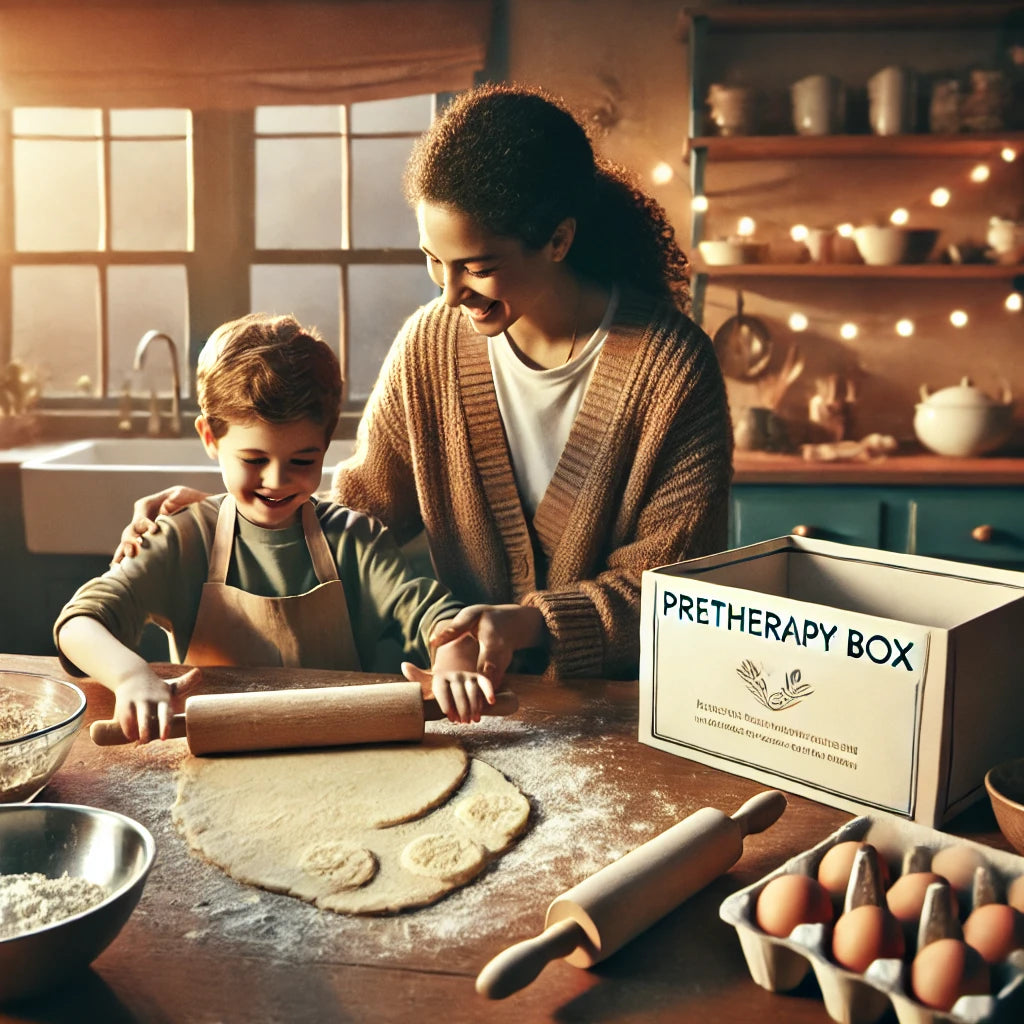As parents, we all want what’s best for our children, especially as they navigate the complexities of adolescence. The teenage years are filled with changes—physically, emotionally, and socially—and it’s common for teens to feel overwhelmed. Opening up a meaningful dialogue about mental wellness with your teenager can be one of the most powerful ways to support their emotional growth and resilience.
But how do you begin that conversation? And how can you make learning about mental wellness an engaging, positive experience? It starts with creating an atmosphere of trust and curiosity.
How to Open Up the Conversation
Talking about mental health doesn't have to be intimidating. You don’t need to have all the answers—what’s most important is your willingness to listen without judgment. Start small, perhaps by asking open-ended questions that encourage your teen to share their thoughts and feelings.
- "How have you been feeling about things lately?"
- "Is there anything on your mind that’s been stressing you out?"
- "I know things can feel overwhelming sometimes. What helps you when you’re feeling stressed or upset?"
Be an active listener. When your teen opens up, offer empathy, not solutions right away. Sometimes, just feeling heard is all they need in that moment. Normalize their feelings by saying things like, "It’s okay to feel that way," or, "Everyone feels anxious sometimes."
It’s also essential to model healthy emotional expression. If they see you talking about your own feelings openly, they’ll learn it’s safe to do the same. Share a story about a time when you felt anxious or overwhelmed and what helped you cope. This makes the conversation feel more human and less like a lecture.
Engaging Family Projects to Teach Coping Mechanisms
Sometimes, teens are more receptive to learning through activities than through words alone. Making mental wellness a family project can be fun and deeply impactful. Here are some engaging ways to teach your teen coping mechanisms:
1. Create a "Calm Corner" Together
Set aside a space in your home dedicated to relaxation and mindfulness. Decorate it together with soft pillows, calming scents, or soothing music. Equip it with tools like journals, stress balls, and coloring books. This physical space becomes a go-to spot for anyone in the family to decompress.
2. Gratitude Jars
Each family member writes down something they’re grateful for every day and places it in a jar. At the end of the week, read them out loud together. This simple act of focusing on the positive can shift mindset and reduce stress.
3. DIY "Coping Skills" Workbook
As a family, create a fun and personalized workbook where everyone can jot down their favorite coping strategies—whether it's taking deep breaths, listening to music, or going for a walk. Ask each family member to contribute ideas, turning it into a shared resource for mental wellness.
4. Mindfulness Walks
Take regular family walks where you all practice mindfulness together. Encourage your teen to focus on their surroundings—the sights, sounds, and smells. This practice can help them stay grounded in the present moment, a useful skill when feeling anxious or overwhelmed.
5. Role-Playing Problem-Solving Scenarios
Use hypothetical situations to practice problem-solving and managing emotions. For example, act out a situation where someone is feeling stressed before a big exam, and brainstorm together different ways to handle that stress. By making it a fun, low-pressure activity, you can teach valuable coping techniques.
Introducing the Pretherapy Box: Preparing Before You Need to Repair
While family projects and conversations are vital, sometimes your teen might need a little more help to manage their feelings—especially if they’re struggling with ADHD, anxiety, or similar challenges. That’s where the Pretherapy Box comes in. Think of it as a DIY therapy toolkit that empowers teens to build coping skills at home before they might need professional therapy.
The Pretherapy Box is filled with practical tools designed specifically for teens with ADHD, helping them understand their emotions, learn new ways to cope, and prepare for potential struggles. It's a bridge between everyday family support and more structured therapeutic help. The beauty of the Pretherapy Box is that it encourages proactive mental wellness—helping your child prepare before they need to repair.
By incorporating the Pretherapy Box into your family’s routine, you’re offering your teen the opportunity to explore mental wellness in a hands-on way, giving them the confidence and skills to handle life’s challenges. With a little guidance, your teen can build resilience and feel empowered to take control of their emotional health—before things feel too heavy to handle alone.
In today’s fast-paced, often overwhelming world, fostering meaningful dialogue and engaging in mental wellness projects can help strengthen your bond with your teen while equipping them with tools they’ll use for the rest of their life. Remember, it’s all about creating a safe, open space for your teen to grow emotionally and learn that it’s okay to ask for help—because they’re never alone on this journey.




Leave a comment
This site is protected by hCaptcha and the hCaptcha Privacy Policy and Terms of Service apply.